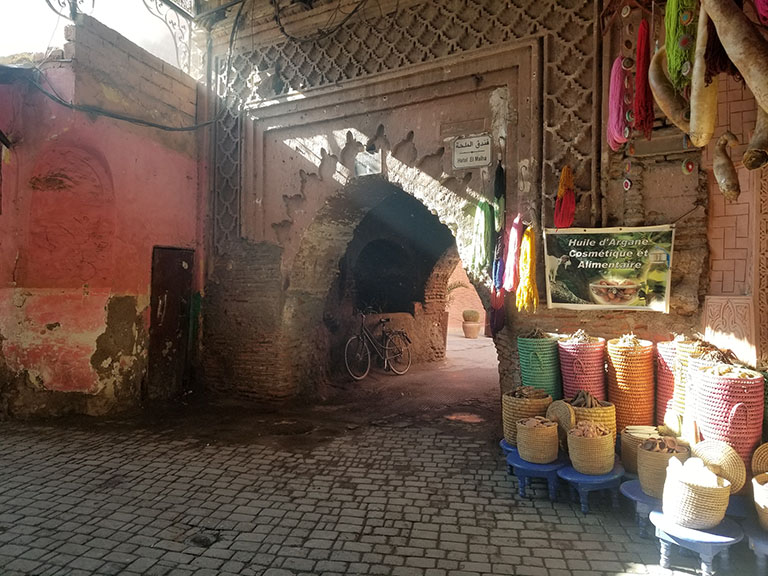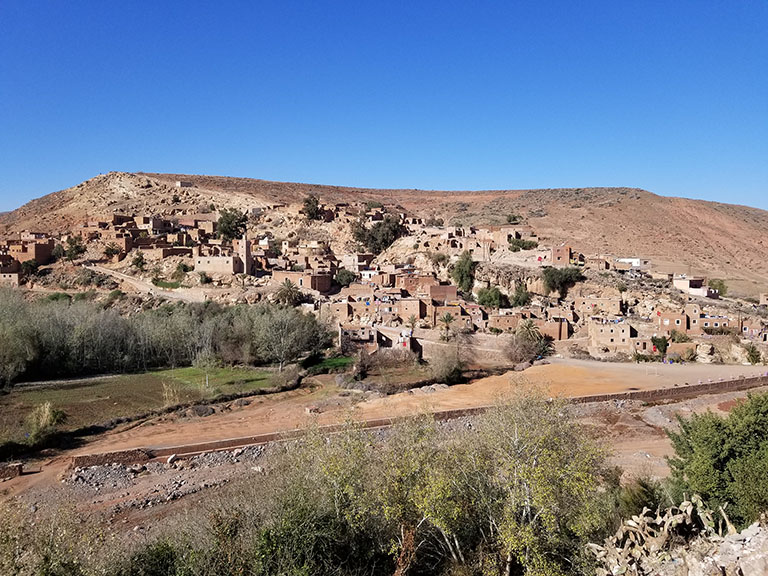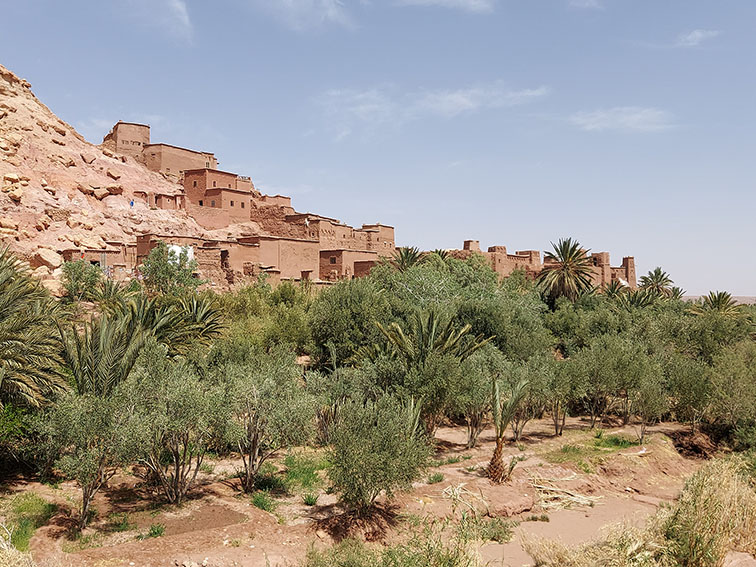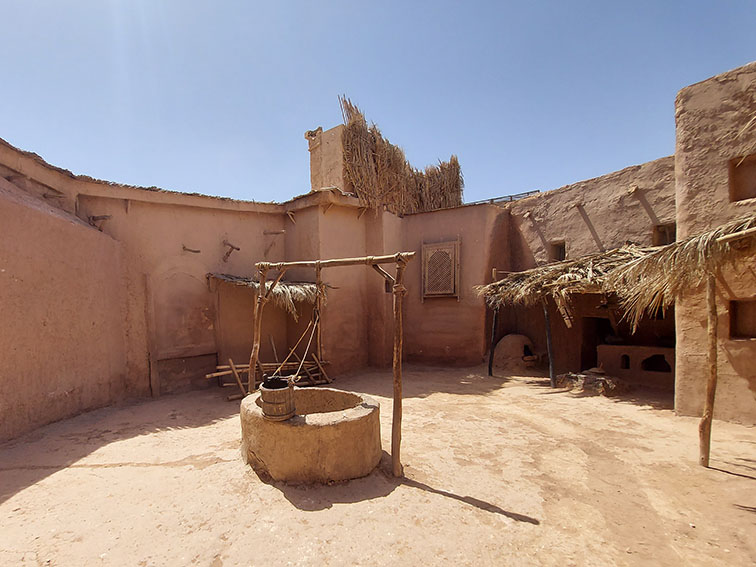


Marrakesh, known for its ocher color, is a city rich in history and cultural significance, having been a central hub during the Almoravid and Almohad dynasties. The Medina, surrounded by ancient walls and featuring historical landmarks like Bab Agnaou and Koutoubia Mosque, showcases impressive Moorish architecture and vibrant souks. Landmarks such as the Ben Youssef Madrasa and El Badi Palace reflect the city’s educational and royal heritage, while squares like Jemaa el-Fnaa vibrantly illustrate traditional Moroccan life. Additionally, the Jewish Mellah quarter and the artistic Majorelle Garden highlight the city’s diverse history and cultural influences, making Marrakesh a blend of the historic and modern, intertwined with rich Islamic traditions and artistry.

Morocco is a land rich in contrasts, where the vastness of the desert meets the rugged beauty of the Atlas mountains, creating a unique backdrop for diverse cultures. The nomadic Bedouins and resilient Berbers, who inhabit the mountainous regions, preserve their ancient traditions while coexisting with the more urbanized, Arab-descended population along the coasts. This mix is reflected in Morocco’s official languages—Arabic, French, and Berber—and is celebrated in the cultural practices, such as the Berber New Year. With warm communities, vibrant local markets, and picturesque landscapes, Morocco culminates in breathtaking sunsets over its deserts, offering visitors a captivating blend of history and natural beauty.

Ait Benhaddou is a historical ksar located in the Ounila Valley, known for its pinkish sandstone structures and rich architectural heritage dating back to the 17th century, despite earlier evidence of its existence in the 11th century. Functioning as a fortified village along a former caravan route between Marrakech and the Sahara, it features traditional adobe construction, distinguishing it from military kasbahs by serving both civilian and defensive purposes. The ksar houses essential community structures and an agadir for grain storage, while its unique scenery has made it a popular filming location for renowned films and series, including Game of Thrones and Gladiator.

Ouarzazate, a former French garrison town founded in 1928, serves as a pivotal junction for exploring the Draa and Dadès valleys and as a hub for the renowned Atlas Film Studios, where numerous notable films like Gladiator, The Mummy, TV series Prison Break, Black Hawk Down, Jewel of the Nile, Asterix & Obelix: Mission Cleopatra, Kundun, Days of Glory and many other were produced. The road from Marrakech to Ouarzazate, constructed by the French in the 1920s, traverses diverse landscapes, including the picturesque Tizi-n-Ait Imger and the higher Tizi-n-Tichka Pass, revealing a blend of arid terrain and fertile valleys.

The Ourika Valley, situated about 60 km south of Marrakech in the High Atlas, is a vibrant day-trip destination known for its Berber communities and scenic hiking routes. The valley derives its name from the Berber clan of Ourika and boasts the popular town of Setti-Fatma, which serves as a gateway to Jebel Toubkal and the seven waterfalls, attracting visitors especially during the summer months. While most Berbers in the valley have converted to Islam, they continue to speak the distinct Tashelhit dialect, preserving their cultural heritage. Hikers can enjoy trails that conclude at charming riverside cafés and restaurants, enhancing the area’s appeal as a picturesque escape from the city.

10 COUNTRIES

10 DESTINATIONS

1278 IMAGES